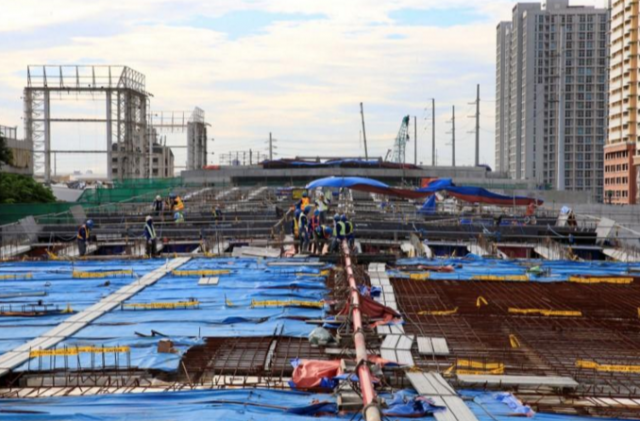MANILA – By World Bank estimates, the Philippine economy will grow 6.6 percent this year, down from last year’s 6.9 percent – and also lower compared to the bank’s earlier forecast of 6.8 percent.
Growth projections for next year were also downgraded to 6.7 percent from 6.9 percent in the World Bank’s latest East Asia and Pacific Economic update.
This is the second time this year that the lender trimmed its outlook on the Philippines -though the country is still expected to lead the region.
According to Sudhir Shetty, World Bank chief economist for the East Asia and Pacific, “Among these big ASEAN economies the Philippines and Vietnam will continue to have the strongest growth prospects although the Philippines will grow slightly less rapidly than we earlier expected due to slower implementation of public investment projects risks.”
Shetty said the Philippines and other large economies in the region are benefiting from improved global growth, continued strong domestic demand, as well as China’s gradual rebalancing from an investment-led economy to a consumption one.
He warns of a key growth risk, however: the government has to manage project costs and the corresponding expanding budget deficit carefully, as the country embarks on an ambitious P8-trillion public spending to fill much-needed infrastructure gaps.
“Given the infrastructure gaps in the Philippines and other countries, that is certainly justified because there’s likely to be a quite considerable payoff to those investments. However, what’s equally important is not just
making the plans to increase these investments but also paying attention to how these projects are selected, to ensure that they are implemented on time and implemented according to the budget,” Shetty said.
Despite a bullish outlook for the region in 2017 and 2018, Shetty said global uncertainties may dampen trade and growth. Of late, the markets have been jittery about rising geopolitical tensions in North Korea, as well as uncertain economic policies in the US and the future of trade relations after Brexit.
In Shetty’s view, “rising protectionism in particular could impact this most outward oriented of regions by reversing the recovery in global trade growth, and intensification of tensions in the region could make capital flows and exchange rates more volatile and raise global interest rates.”
Now that formal negotiations for its divorce has begun, London is working overtime to cultivate stand-alone trade ties around the world, including in ASEAN.
Just last week, the UK government said it will make available a 4.5-billion pound facility to provide credit to UK firms who want to export to the Philippines.
Chris Nelson, chairman of the British Chamber of Commerce of the Philippines, said the government is looking at all opportunities to develop and focus. “I think it would be fair to say that Brexit has given a renewed focus on trade. That focus was there but obviously it’s a further reinforcement.”
Surveying how the UK trade and export has developed in the Philippines, the last four years has been very impressive, he said.
The World Bank also says, meanwhile it’s seeing more currency risk in Southeast Asia, with the Malaysian ringgit and the Philippine peso particularly vulnerable.
Foreign exchange reserves currently appear adequate, but the Washington-based lender said monetary authorities need to be prepared to tighten their policy stance if capital outflows pressure their currencies.
At the moment, few analysts expect the BSP to make a move this year.
The peso has lost 2.5% this year, and has been the region’s biggest loser for most of 2017.




